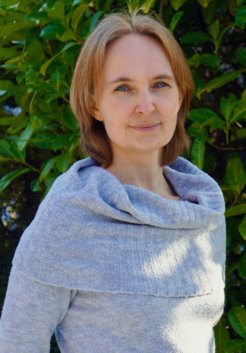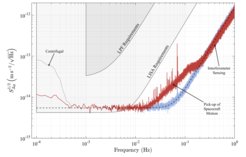Dr. Gudrun Wanner
Independent Group Leader for Optical Simulations in the “Space Interferometry” group

What are your responsibilities at our institute?
- Coordinator of the Simulation Working Group within the Space Interferometry Working Group
- Co-PI, Science Board member and leader of topical group “Optical Simulations” of excellence cluster EXC 2123 QuantumFrontiers
- Member of the excellence cluster EXC 2122 PhoenixD
- Member of the LISA Publication and Presentation Committee
- Member of the LISA Consortium Constituent Council, the LISA Consortium, TTL working group, CU Sim (another working group), Publication and Presentation Committee, AdvoReach Team (short for advocacy and outreach),
Can you please summarize your research?
Gravitational waves are famous since the first LIGO detection, followed by so many more detections. I am interested in realizing the space gravitational wave detector LISA, a 2.5 Mkm triangular shaped interferometer, whose end points are three satellites. I am specialized on the LISA interferometry and in particular on optical simulations that are needed in order to ensure the excellent noise performance we need for LISA.
Do you have a favourite figure from a paper you co-authored?

This graphic from Sub-Femto-g Free Fall for Space-Based Gravitational Wave Observatories: LISA Pathfinder Results shows the noise curve of LISA Pathfinder in 2016, showing the excellent performance of the LISA Pathfinder mission in the early mission phase. The bump labeled with “pick-up of spacecraft motion” was a key element of my research for several years. This bump is caused by the so-called “tilt-to-length cross coupling”, which is an unintended pick-up of angular jitter and lateral motion of the spacecraft into the interferometric readout. It took us several years to really explain this noise in the LISA Pathfinder mission. Now, I am working with my colleagues on the mitigation techniques for this noise type in the LISA mission.

